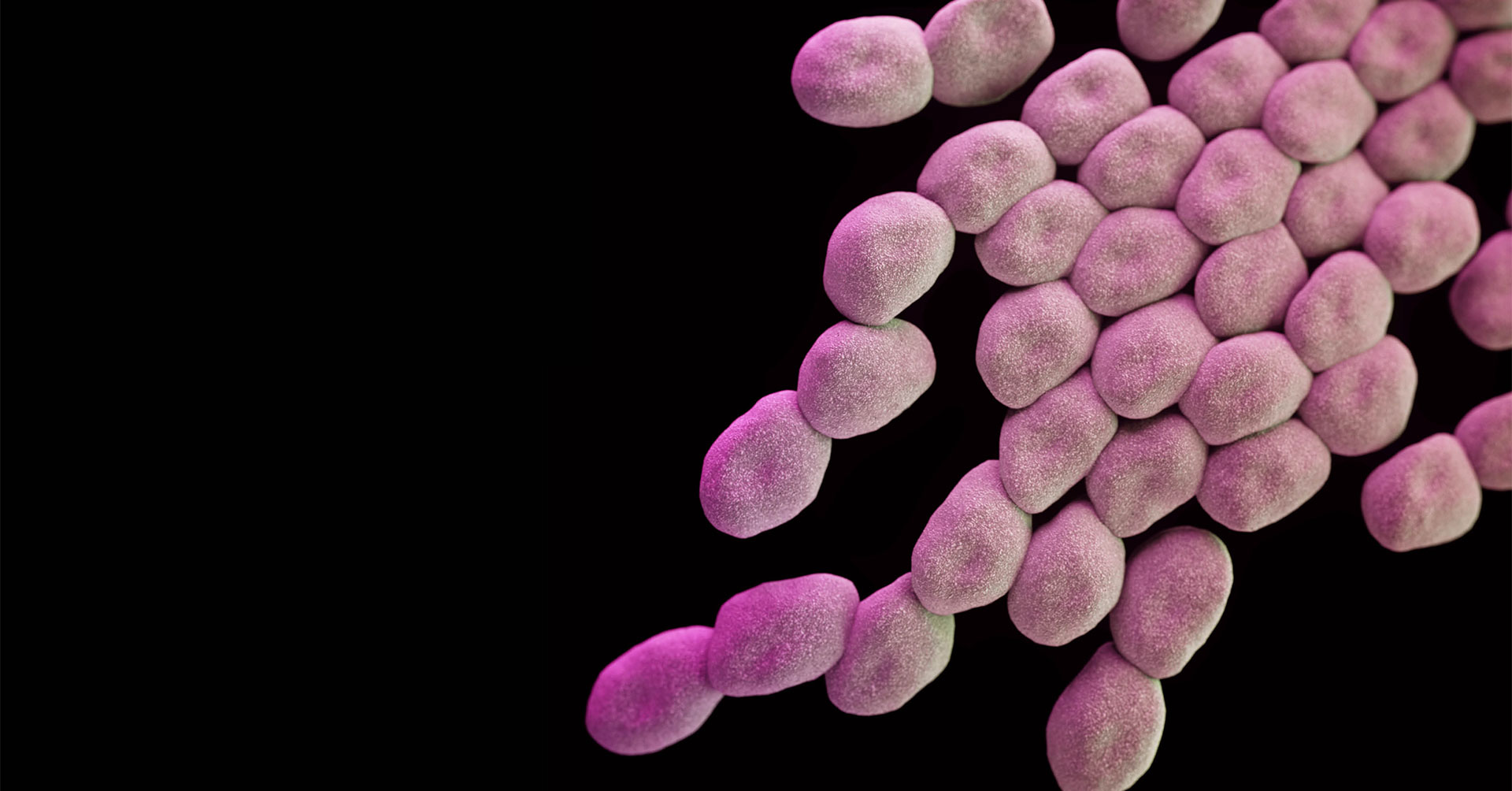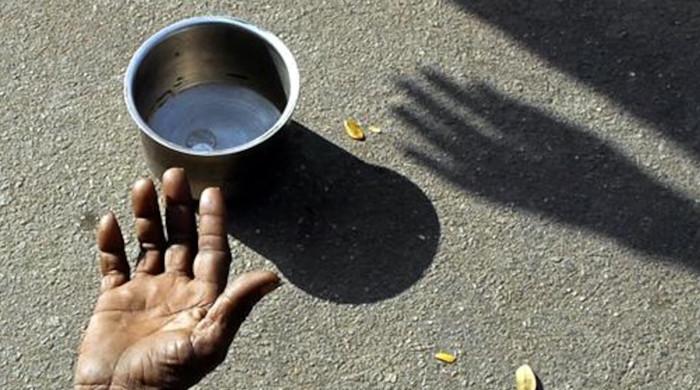Study shows bacteria can travel between continents 'hidden' in atmospheric dust
Scientists say transportation of bacteria from one continent to another can be dangerous to humans, wildlife, and ecosystems
December 14, 2020
- Scientists said certain types of bacteria can travel very long distances by hiding themselves in atmospheric dust
- Some bacteria can also impact climate and ecosystems in addition to affecting human and animal health
- Researchers from Spain said atmospheric iberulites provide nutrition and protection to bacteria
SPAIN: Scientists have found that certain types of bacteria have the ability to travel from one continent to another while being ''hidden'' in atmospheric dust.
In a new study, researchers — including those from the University of Grenada (UGR) in Spain — found that in addition to affecting humans and animals, some bacteria are also capable of impacting climate and ecosystems, NDTV reported.
Published in the journal Atmospheric Research, the study shows that bacteria can travel from one continent to another via "giant" atmospheric particles called iberulites that can be inhaled by humans.
Read more: Zac Efron gets back from ‘death bed’ after lethal bacterial infection
"These aerosols act like a "launch vehicle" for bacteria and may pose a risk of disease transmission across continents," scientists at UGR said.

According to their explanation, iberulites are giant atmospheric bioaerosols composed of several types of minerals. In terms of size, they are about one hundred microns on average, approximately.
Read more: Some hospital bacteria growing 'tolerant' to sanitisers: study
Researchers added that bioaerosols had been discovered in 2008, however, the mechanism involved in the formation of atmospheric iberulites had not been clear until now.
"Bacteria can survive in iberulites because these provide a nutritious medium, a microhabitat rich in nutrients, and they protect the bacteria from ultraviolet radiation," said Alberto Molinero Garcia, a co-author of the study from UGR.
"This is demonstrated by the bacterial polymeric exudates that, rather like mucilaginous mucus, act as a ''glue'' between the mineral particles, preventing their disaggregation and increasing their resistance to the fragility in the turbulent phenomena of the atmosphere," he said.











